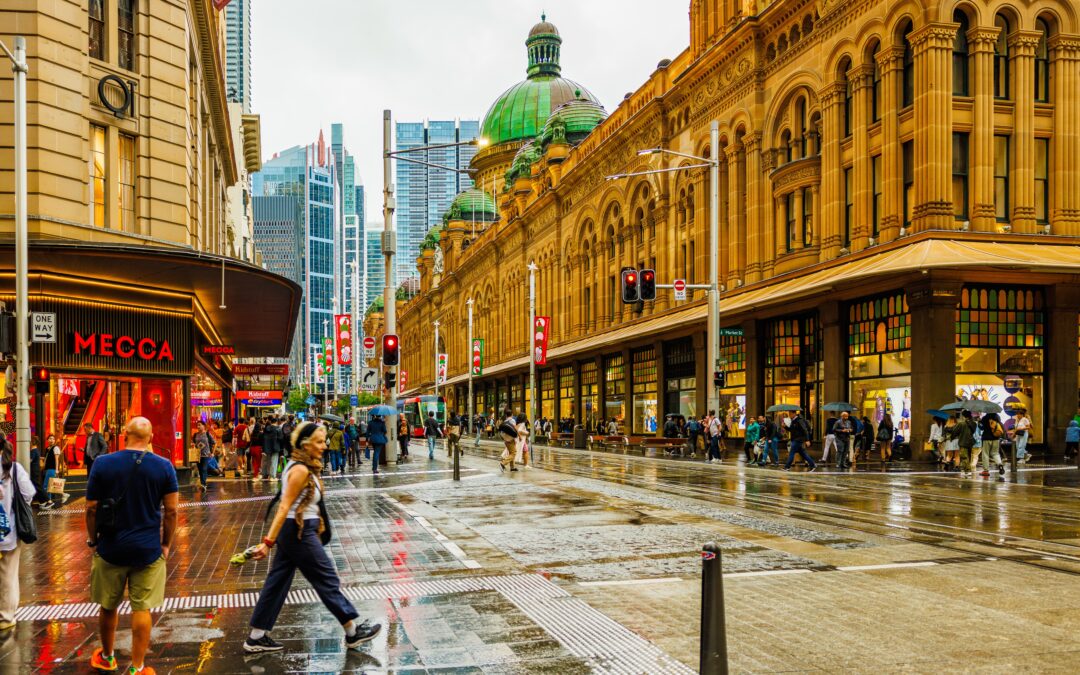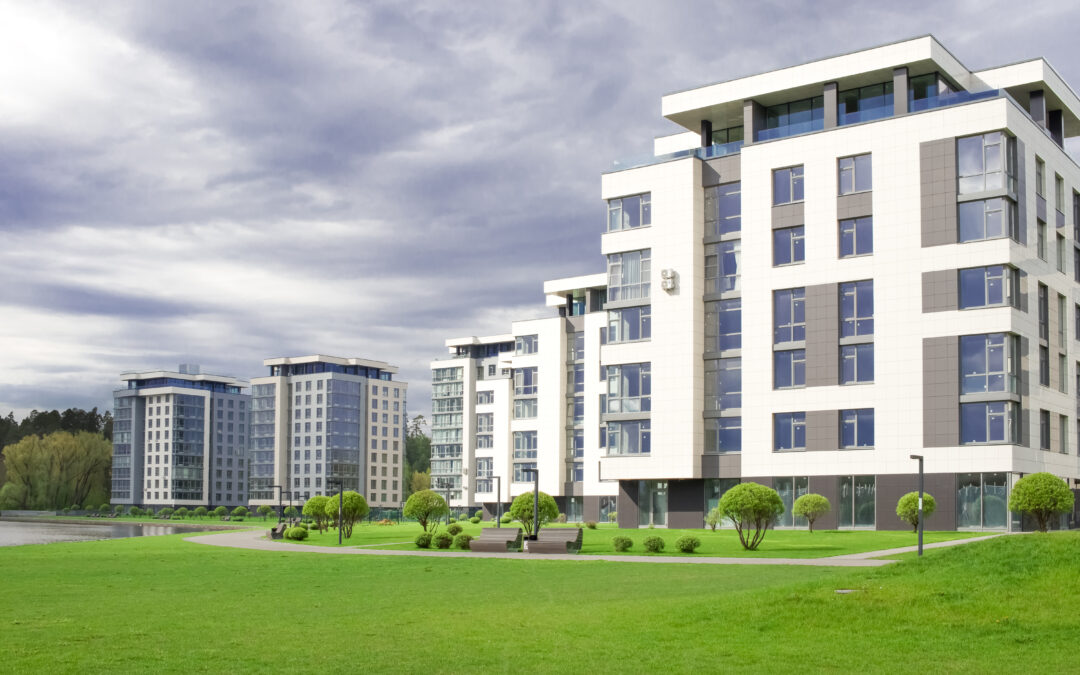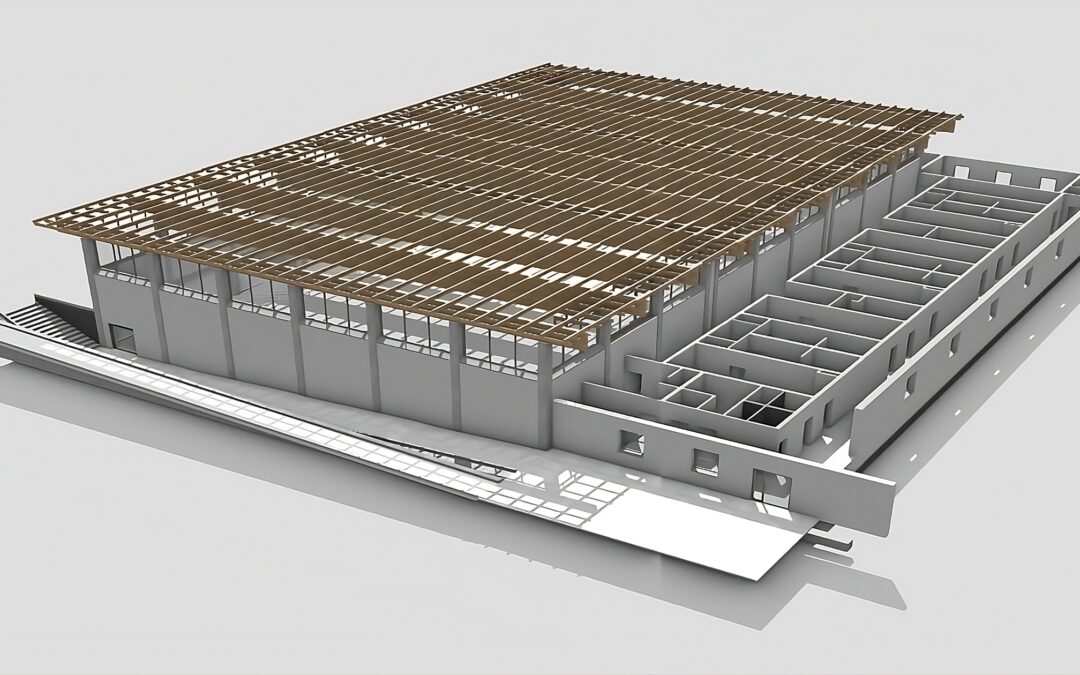The Resources sector continues to be a bedrock of Australia’s economy, providing income, investment, jobs, exports and government revenue. However, locally and globally, it has not been immune to COVID-19, suffering brief shortages in demand and pricing shocks.
The outlook for the Resources sector, albeit cautious, is positive thanks to China’s V-shaped economic recovery following the re-opening of its economy and government stimulus.
China’s strong economic rebound – as the biggest consumer of most mineral commodities – has meant the sharp commodity price falls that we witnessed in March 2020, have largely been reversed.
Along with China’s economic rebound, the COVID-related supply disruptions were a factor in the commodity price recovery, as this year unfolded.
Although iron ore and gold prices recovered to historically high levels as a result of the demand from China and safe-haven buying respectively, energy commodities suffered from the demand hit caused by lockdowns.
Craig Bloxham, Managing Director of BG&E Resources (BGER) says, “During the pandemic, the concern for the global Resources sector was protecting the health of its workforce and the local communities in which it operates.
“Australia led the way on that score, allowing the local sector to continue production while operations in other major mining nations such as Peru, Chile and South Africa suffered disruption.”
The fortunes of the resources sector remain wedded to global economic activity. While uncertainty continues, the Australian government’s Office of the Chief Economist (OCE) agrees with the International Monetary Fund forecasts, that a 4.9 per cent contraction in the world economy in 2020, will be followed by 5.4 per cent growth in 2021.
This was reflected in most commodity prices, from their lows in the first half year to 30 June 2020 and by their recovery in early November 2020. While base metal prices recovered well, oil and thermal and metallurgical coal continued to struggle.
The OCE’s September assessment indicates, Australia’s mineral and energy exports would fall modestly from $256 billion in 2020-21 to $252 billion in 2021-22, despite the pandemic.
Also of interest, is the rise of the battery-powered electric vehicles and the revolution in storage of renewable energy. In a decarbonising world both create new opportunities (battery materials) and challenges (oil and coal) for the resources sector.
The sector reports that maintaining a ‘license to operate’ by responding to rising environmental, social and governance demands is now its number one issue.
Craig says, “We will continue supporting clients with sustainable solutions and we look forward to another year of growth in 2021.”



